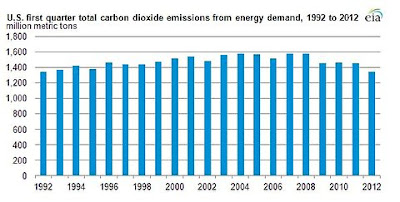Harry Harbottle, of the German playground manufacturer Richter Spielgeräte presents an interesting case about the present state of playgrounds and child safety. Around the world, we are making our playgrounds too safe and they are not spurring the challenge and creativity that our children need...mainly due to the fact that we are so afraid the children are going to get hurt. What are many parents solution to this? We stick them in front of a screen where no harm can become them...at least harm that we can see on the outside.
For those who may not understand parks and playgrounds, the following picture will illustrate just a little about what Richter Spielgeräte does. These are not your normal play structures, but ones that are made to challenge a child. Looks daunting, yes, but as Harbottle points out adults are more prone to injuries in a playground than children. Children know their own limits and boundaries, while adults seem to forget them in their old age.
We need to create a culture where children can explore and grow. I spent my childhood running around my parent's 20 acre wooded lot surrounded by farms. I came in when it was dark and sometimes even after. I built forts, build campfires, played in the mud, and climbed trees. I feel, I broke bones, I got scraped...but here I am today a 26 year old healthy individual with a love and passion for the outdoors and a passion for the outdoors and getting away from the screen. Yes, screens (iPads, computers, etc.) are a necessary part of life anymore in our society, but time needs to be limited on them.
At one point in this interview, they play a pre-recorded phone call from the Director of the National Program for Playground Safety, who openly says that those making playgrounds more challenging and difficult should be charged with physical abuse to a child. I was outraged! Kids are supposed to get hurt, yet we live in a society where we have coddled them so much that they no longer can stand on their own two feet and are afraid to get a little dirty and a little messy. Harbottle rebutted by saying that they do not want kids to get hurt at all, but they plan for "serious bodily harm," which constitutes permanent damage. I agree with this. I know, call me crazy, but don't scars, bruises, and bumps shape us? Don't we learn lessons from the pains of our past?
The answer is not in keeping your kids indoors or creating a sterile, safe environment. I just read an article in Outside Magazine called "Free Medicine: the therapeutic benefits of playing outside." Let me outline a few of the benefits there are to spending uninterrupted, non-screen time in nature:
- "When you're relaxing in nature, your adrenal cortex produces less of the hormone cortisol, which activates the body's stress response. Prolonged periods of stress can also shrink the hippocampus, which is where we form and store memories. By contrast, less stress enhances neuro-plasticity, the brain's ability to form new connections."
- "Sunlight exposure boosts production of white blood cells, which help the body combat disease. Sunlight also increases the number of red blood cells, thereby increasing your blood's oxygen-carrying capacity and improving muscular endurance."
- "When sunlight hits your eyes, your optic nerve directs your brain's pineal gland to decrease production of melatonin, the hormone the regulates circadian rhythms-- our wake-sleep cycles-- and boost serotonin, a neurotransmitter associated with mood and appetite."
These are just a few of the benefits of spending time outdoors and these are benefits we can give to our children early in life, when their bodies still are developing and adjusting to the world around them. We can set them on a healthy track for the rest of their lives (hopefully). By immersing your kids in nature, they will grow up appreciating the world around them, feel less stressed, more productive, more focused, witness less cases of obesity and diabetes, and have better relations with people around them. As parents, getting our kids in nature gets us in nature.
We, even as adults, can experience these benefits and they are lasting! Even a one-day trip to a suburban park has been shown to boost cancer-fighting proteins for 7 days. That's once a week, getting away from the TV and the screen, and even just to a city park. I believe we can all do that.
There are immense psychological and physical benefits to getting our children (and ourselves) outside. Not only do they develop the ability to think, solve challenges, and be creative, but it is physically better for their health. As parents and adults, we coddle our children into this safe world, where they do not get dirty and do not get hurt but it is to their detriment. We need to live in a world where we are not afraid to let our children play outside, play baseball in the yard, run rampant until the streetlights come on, and explore the world around them. There is value and power in exploration.
As always, if you have thoughts or comments, please Email Me.











